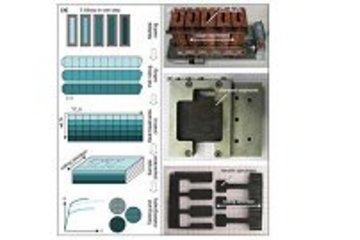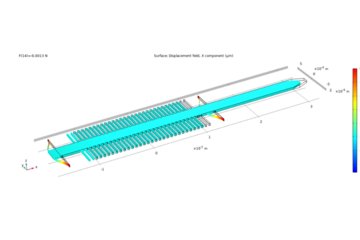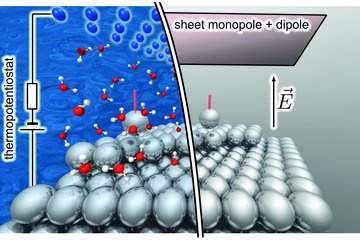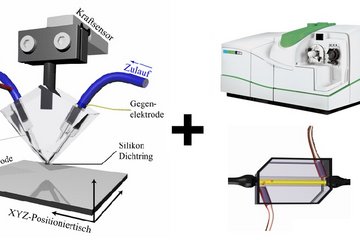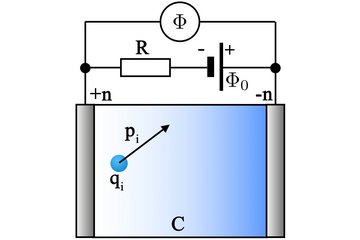All genres
1.
Journal Article
Effect of Cross-Linking on the Structure and Growth of Polymer Films Prepared by Interfacial Polymerization. Langmuir 31 (44), pp. 12279 - 12290 (2015)
2.
Journal Article
Linear interfacial polymerization: Theory and simulations with dissipative particle dynamics. The Journal of Chemical Physics 141 (19), 194906 (2014)
3.
Journal Article
Hybrid approach combining dissipative particle dynamics and finite-difference diffusion model: Simulation of reactive polymer coupling and interfacial polymerization. The Journal of Chemical Physics 139 (15), 154102 (2013)
4.
Journal Article
End-coupling reactions in incompatible polymer blends: From droplets to complex micelles through interfacial instability. Macromolecules 46 (12), pp. 5080 - 5089 (2013)
5.
Journal Article
Theoretical study of twin polymerization – From chemical reactivity to structure formation. Macromolecular Theory Simulations 21 (9), pp. 615 - 628 (2012)
6.
Conference Paper
Multiscale simulation of polyurethane network. World Polymer Congress 2012, Blacksburg, Virginia Tech, USA, June 24, 2012 - June 29, 2012. (2012)
7.
Conference Paper
Mesoscale simulation of network formation and structure, combining molecular dynamics and kinetic Monte Carlo approaches. European Polymer Congress 2011, Granada, Spain, June 26, 2011 - July 01, 2011. (2011)
8.
Talk
Multiscale simulation of polyurethane network. World Polymer Congress 2012, Blacksburg, Virginia Tech, USA (2012)
9.
Talk
Multiscale simulation of PU coatings. BASF-Seminar, Ludwigshafen, Germany (2012)
10.
Talk
Mesoscale simulation of network formation and structure, combining molecular dynamics and kinetic Monte Carlo approaches. European Polymer Congress 2011, Granada, Spain (2011)
11.
Talk
Simulation of polyurethane and water interac-tions with the ZnO surface: DFT and classical OPLS-AA force field calculation. 4-th World Congress on Adhesion and Related Phenomena, Arcachon, France 2010 (2010)
12.
Talk
Mesoscale simulation of interpenetrating networks formation by polymerization of silicon spiro compounds. EUPOC2010 – Hierarchically Structured Polymers, Gargnano, Italy (2010)






